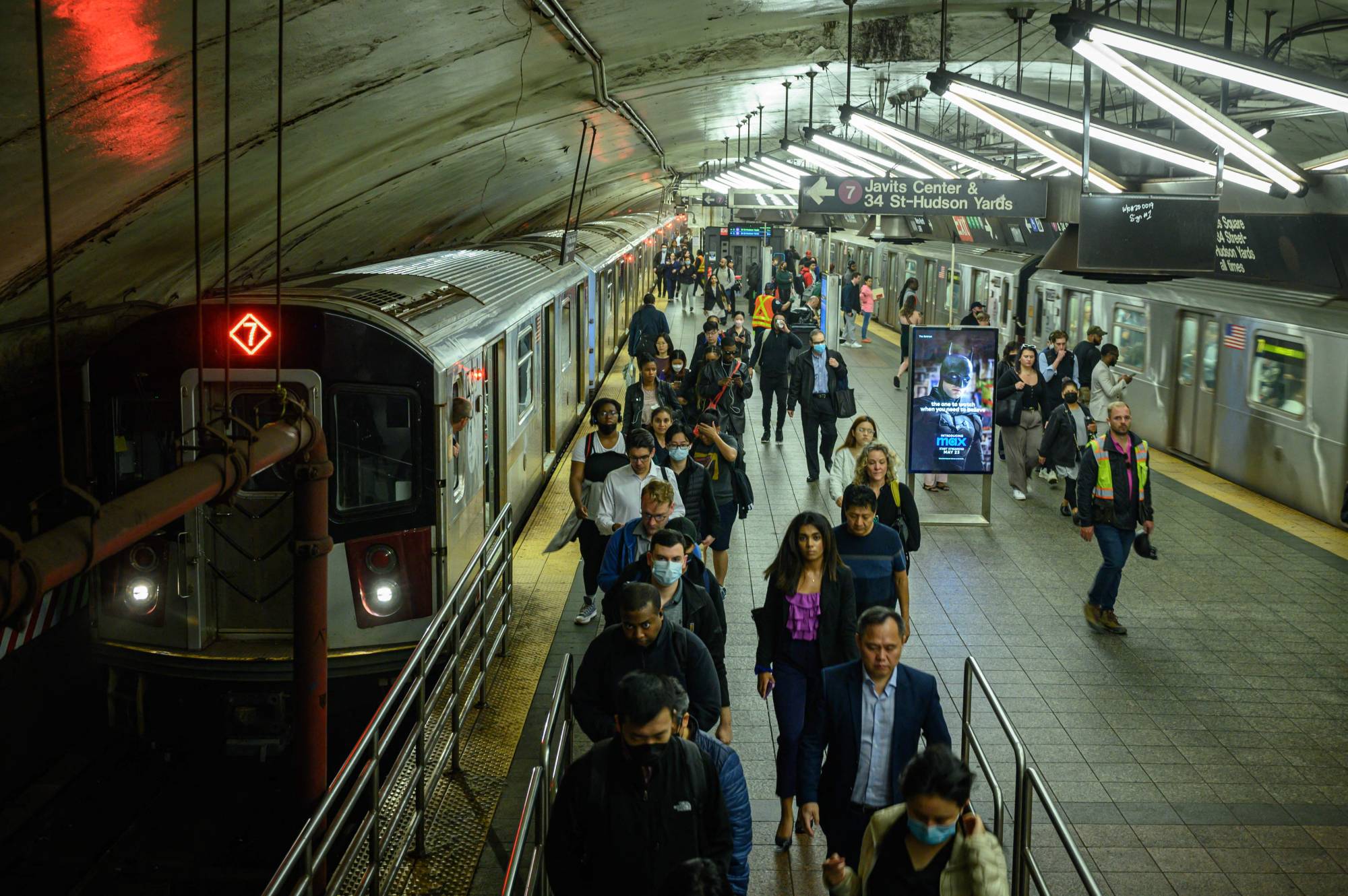What’s up with subway crime in New York?
One simple, encouraging and correct answer is that it’s down so far this year, with 7.4% fewer major felonies reported to the New York City Police Department’s transit bureau through the end of May than during the same period in 2022.
That’s just this year, though. Since the arrival of COVID-19 more than three years ago, crime in New York’s subways has been the subject of intense local and even national attention, with the media often depicting it as out of control, but the numbers don’t exactly back that up. A closer look explains the disconnect: While subway riders are not significantly more likely to be victims of crime than before the pandemic, they’re much more likely to be victims of senseless violence.

















With your current subscription plan you can comment on stories. However, before writing your first comment, please create a display name in the Profile section of your subscriber account page.